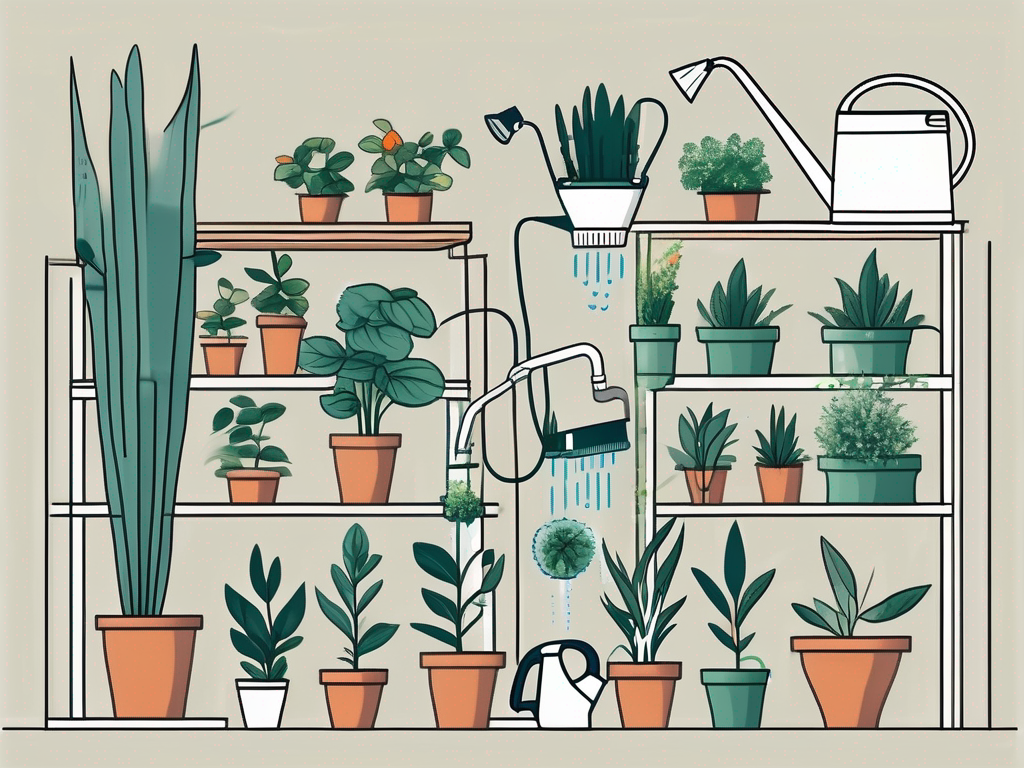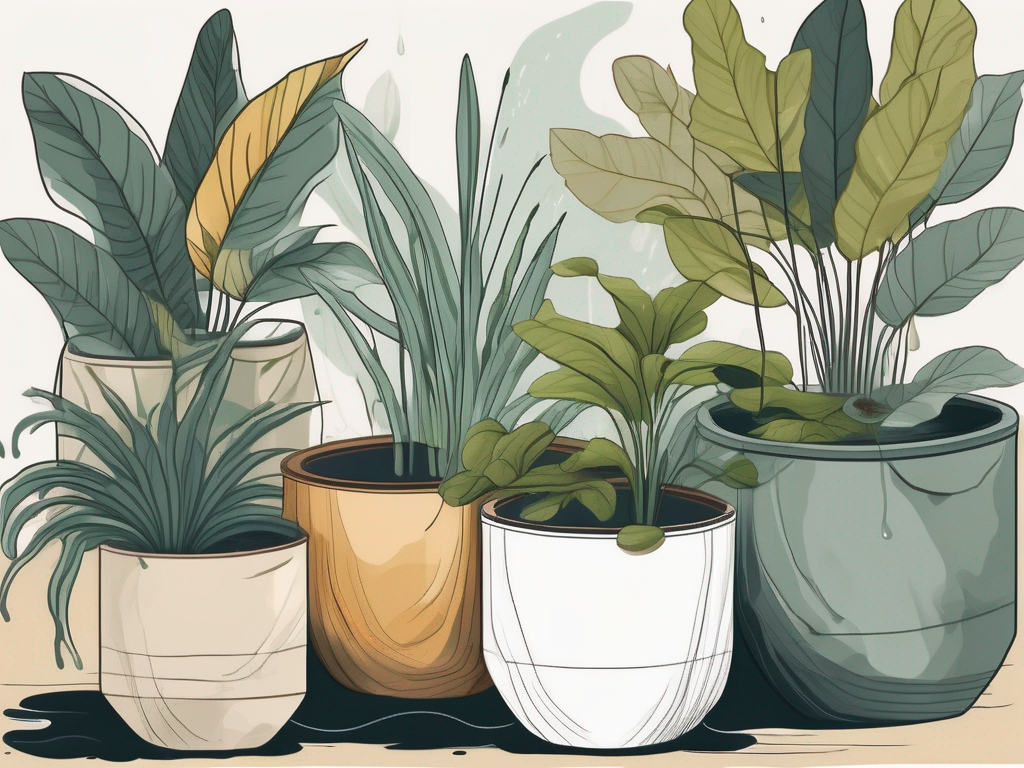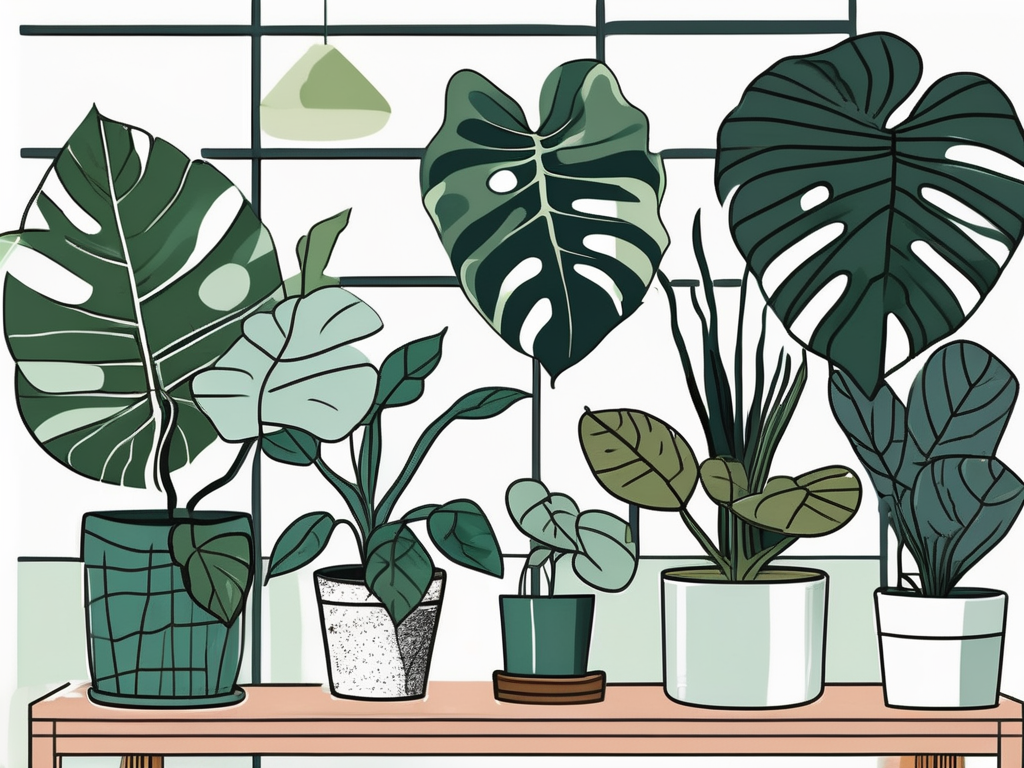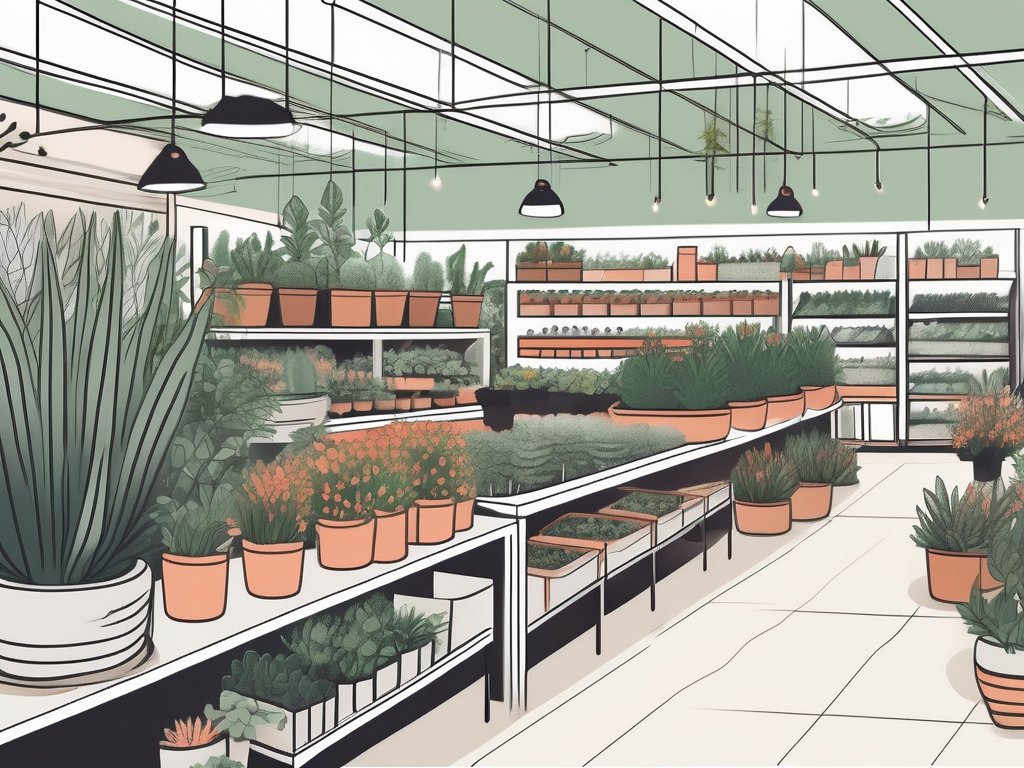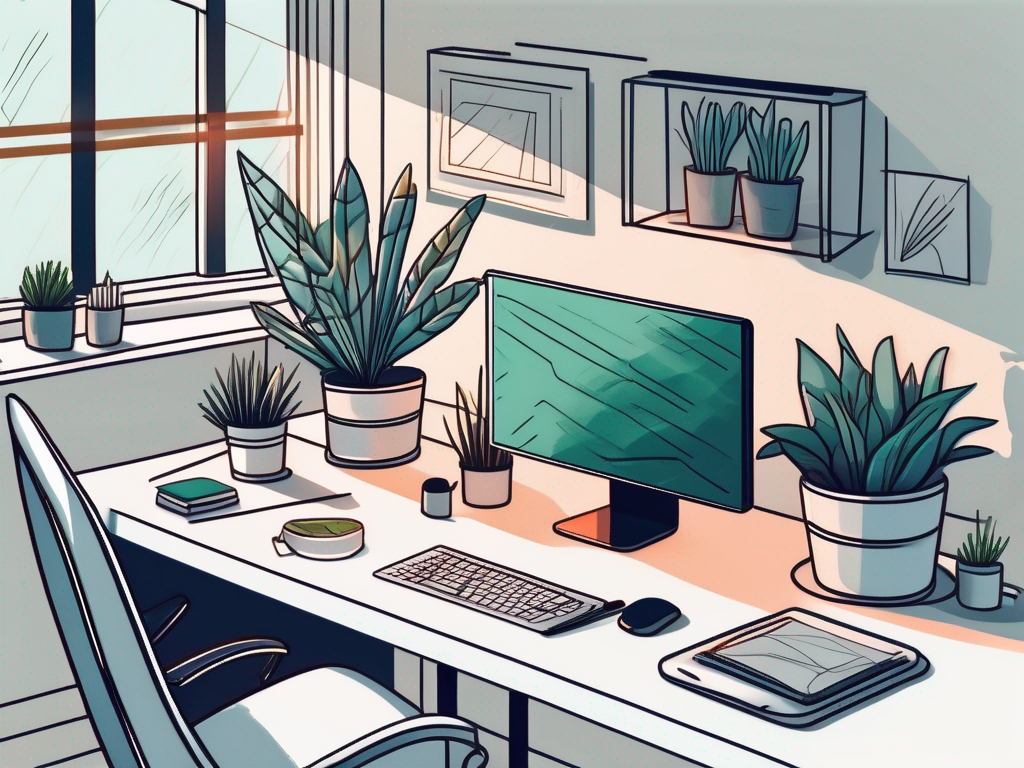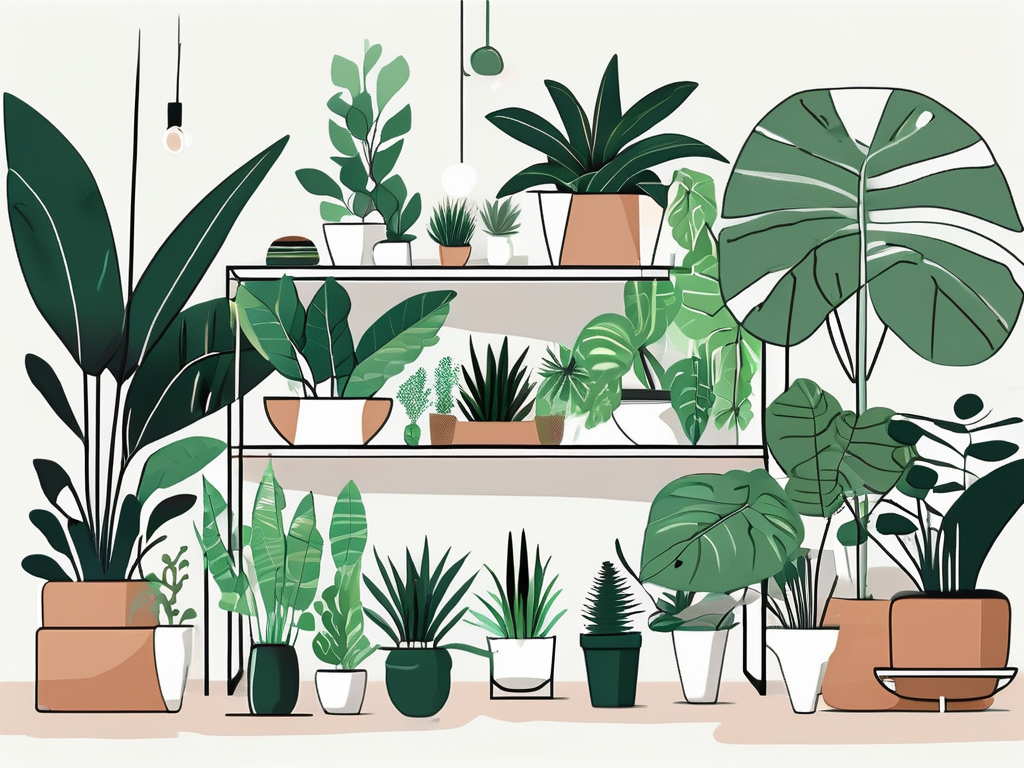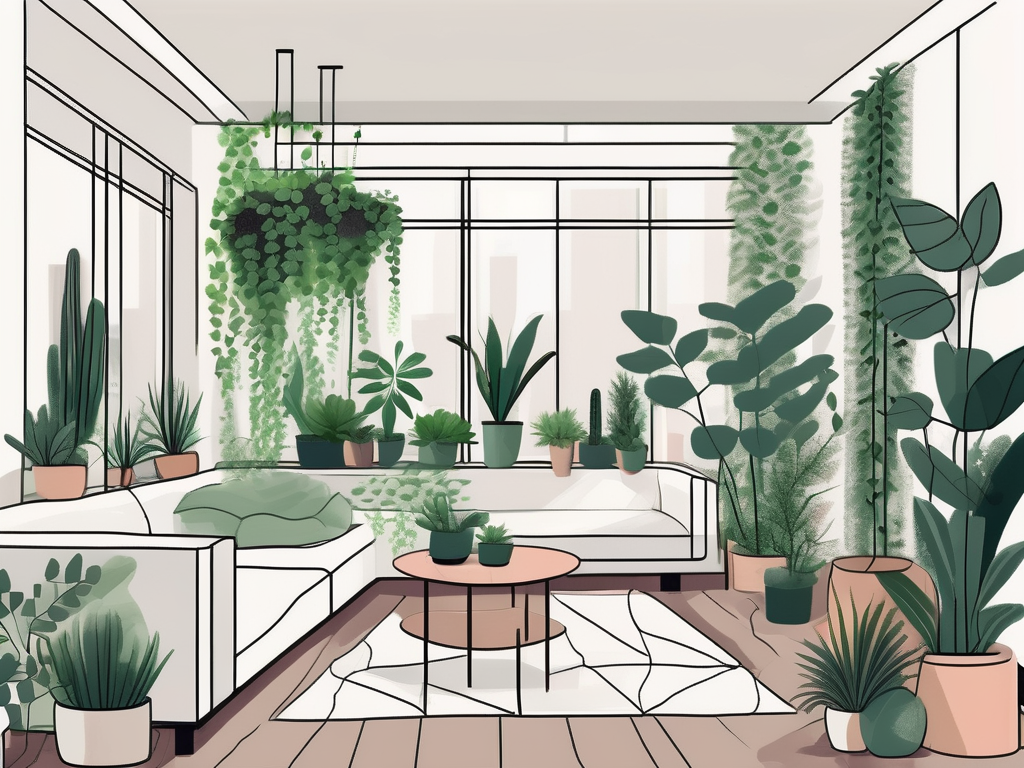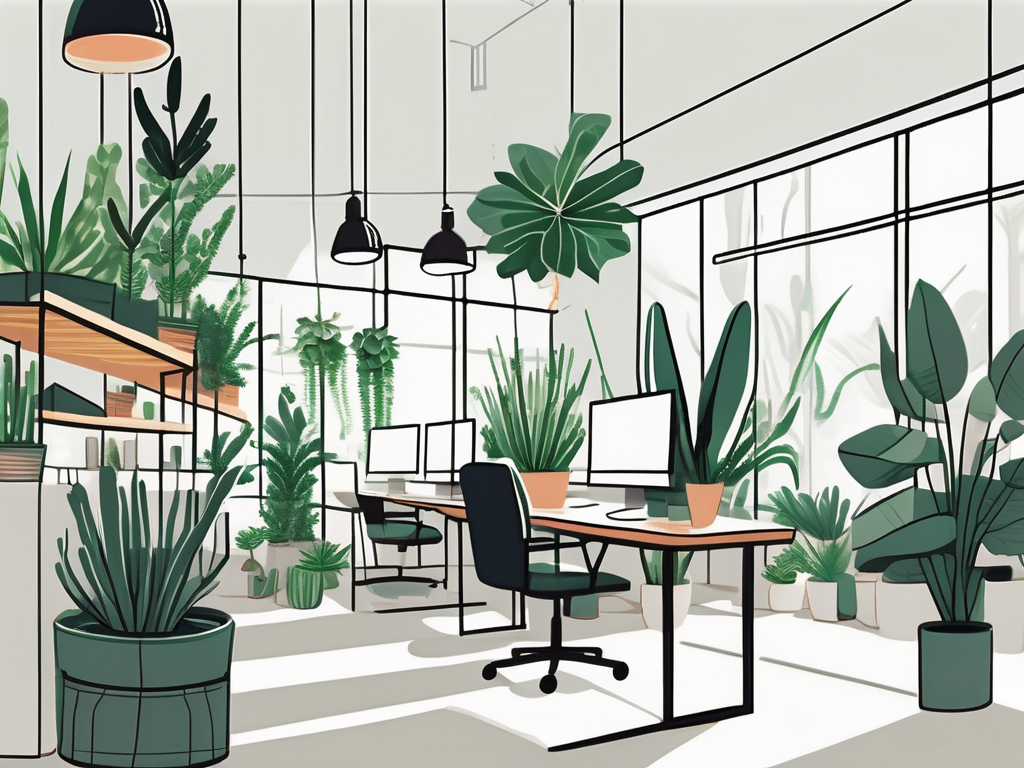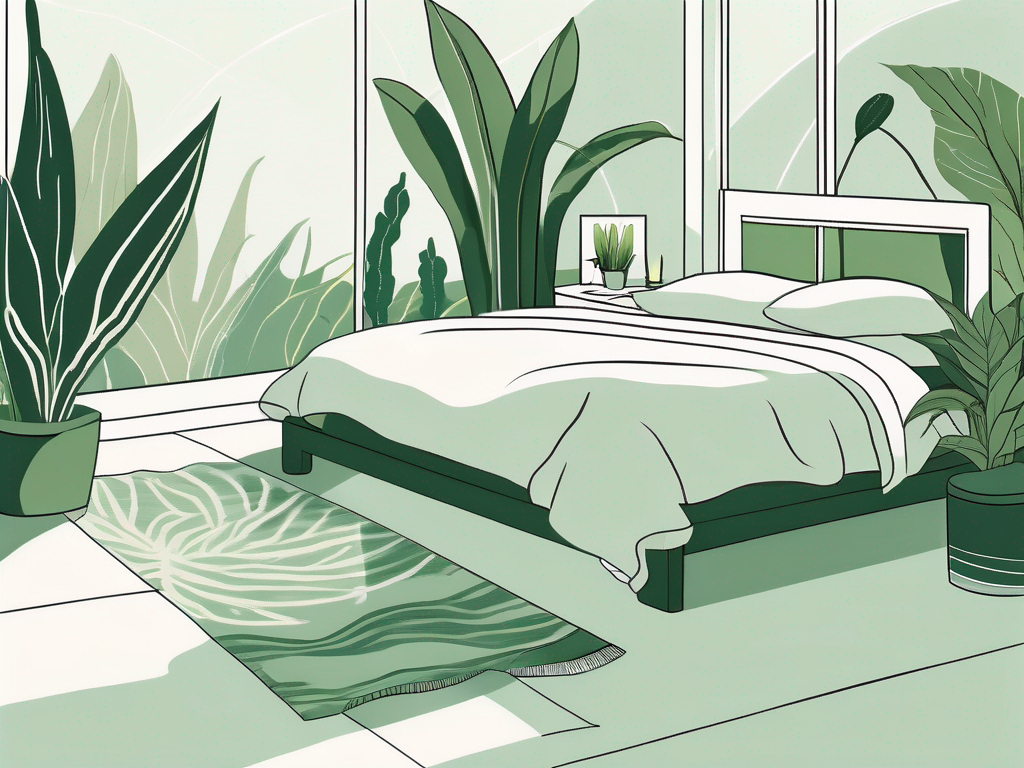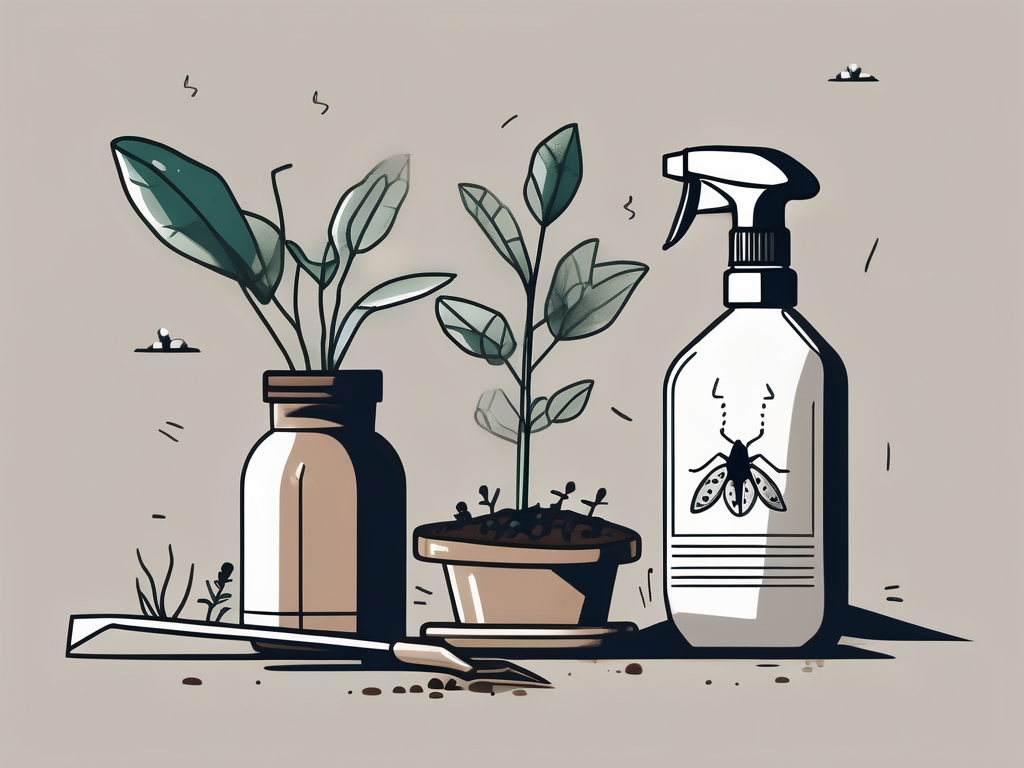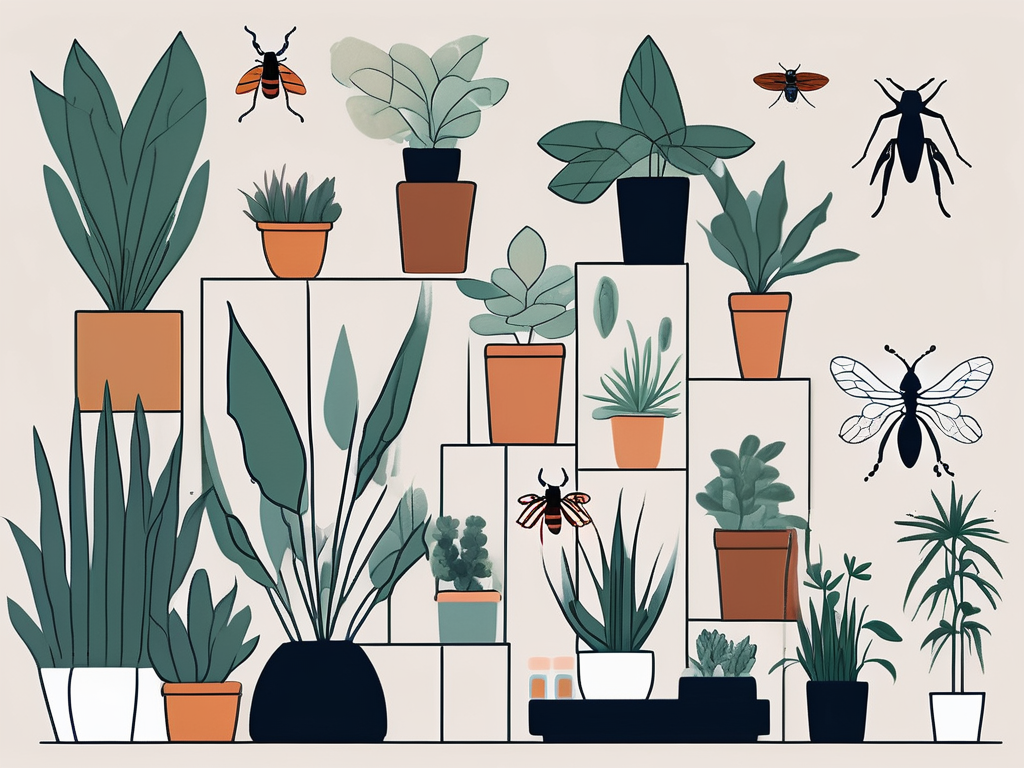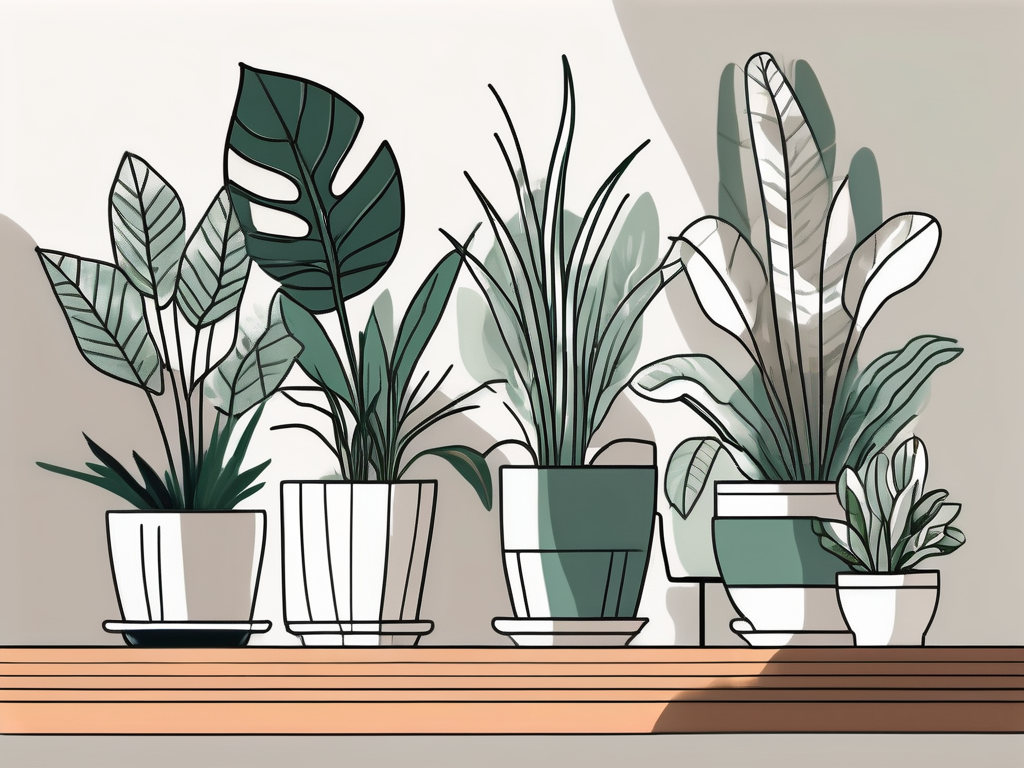
Creating a serene and refreshing atmosphere in your bedroom can make a world of difference in how you unwind at the end of the day. One of the most delightful ways to achieve this is by incorporating houseplants into your space. Not only do they bring a touch of nature indoors, but they also have numerous benefits for your mental and physical well-being.
This article will walk you through some of the best bedroom plants that can enhance tranquility and freshness in your sleeping environment. We’ll dive into their unique attributes, care tips, and how they fit into your bedroom design. Let's get started!
1. Snake Plant (Sansevieria)
The Snake Plant, also known as Sansevieria or Mother-in-Law’s Tongue, is often the go-to for plant lovers looking for a resilient and low-maintenance option. Its upright, sword-like leaves make a striking visual statement, and it’s well-known for its air-purifying qualities. The Snake Plant converts CO2 into oxygen at night, making it an ideal choice for the bedroom.
In terms of care, Snake Plants are incredibly forgiving. They thrive in a range of lighting conditions, from bright, indirect light to low light. You’ll want to let the soil dry out completely between waterings, as they are prone to root rot if overwatered. Typically, watering every two to six weeks, depending on your indoor climate, will keep them happy.
Design-wise, the Snake Plant’s tall and elegant appearance can add vertical interest to your bedroom. It pairs well with a modern or minimalist decor style, and you can place it in a simple pot to let the leaves take center stage. Consider positioning it near a window for a touch of greenery that doesn’t require too much attention.
2. Peace Lily (Spathiphyllum)
Peace Lilies are another fantastic choice for the bedroom, known for their lush green leaves and beautiful white blooms. They’re not just pretty to look at—they’re also excellent at filtering indoor air pollutants. Peace Lilies work hard to remove toxins like ammonia and benzene from the air, contributing to a cleaner, healthier living space.
When it comes to Peace Lily care, they prefer a bit more attention than the Snake Plant. They thrive in bright, indirect light but can tolerate low light situations, which sometimes results in fewer blooms. Keep the soil consistently moist but not soggy, and mist the leaves occasionally to maintain humidity. These plants will tell you when they need water, as their leaves will droop slightly.
Incorporating Peace Lilies into your bedroom decor can create a calming and serene environment. Their elegant flowers add a peaceful aura, and they look wonderful in decorative pots that complement your room’s color scheme. You might place them on a bedside table or a dresser to enjoy their air-purifying benefits.
3. Lavender (Lavandula)
If you’re looking for a plant that not only beautifies your bedroom but also promotes relaxation and better sleep, Lavender is your pick. Known for its soothing fragrance, Lavender can help reduce stress and anxiety, making it a popular choice for promoting restfulness.
Lavender prefers lots of bright, direct sunlight, so if you have a sunny windowsill, it’s the perfect spot for this plant. It requires well-draining soil and should be watered when the top inch of soil feels dry. Be careful not to overwater, as Lavender doesn’t like to be in soggy soil.
Aesthetically, Lavender adds a touch of rustic charm to your bedroom. Its purple blooms and silvery foliage can complement a range of decor styles, from shabby chic to modern farmhouse. Consider placing it in a decorative pot or basket to enhance the calming ambiance of your room.
4. Aloe Vera
Aloe Vera is a versatile plant that’s both functional and attractive, making it a great addition to your bedroom. Known for its medicinal properties, the gel inside its leaves can be used to treat minor cuts and burns. Moreover, Aloe Vera is efficient at improving air quality by removing toxins like formaldehyde.
Caring for Aloe Vera is straightforward. It thrives in bright, indirect light and should be watered sparingly, allowing the soil to dry out completely between waterings. This succulent is drought-tolerant, so less frequent watering is better than too much.
Design-wise, Aloe Vera’s spiky leaves add a modern touch to any space. Its compact size makes it perfect for smaller bedrooms or as part of a plant collection on a shelf or windowsill. With its simple care routine and health benefits, it’s a wonderful plant to keep close by.
5. English Ivy (Hedera helix)
English Ivy is a classic plant that brings a touch of elegance to any bedroom. Its cascading vines can drape beautifully from a hanging basket or trail down a shelf, adding a lush green element to your decor. Beyond its aesthetic appeal, English Ivy is also known for its air-purifying qualities, particularly its ability to remove mold spores from the air.
In terms of care, English Ivy prefers bright, indirect light but can adapt to lower light conditions. It enjoys a humid environment, so misting the leaves or placing the pot on a pebble tray with water can help keep it thriving. Water when the top inch of soil feels dry, being cautious not to overwater.
Whether you choose to let it trail across a headboard, hang it in a macramé holder, or let it climb a trellis, English Ivy can add a touch of whimsy to your bedroom. Its trailing vines and heart-shaped leaves bring a classic feel that can complement both traditional and contemporary decor.
6. Boston Fern (Nephrolepis exaltata)
The Boston Fern is a charming plant that can add a soft, inviting touch to your bedroom. Known for its feathery fronds, it’s an excellent choice for creating a cozy and relaxing environment. Boston Ferns are also great air purifiers, particularly effective at removing formaldehyde from the air.
Boston Ferns prefer bright, indirect light and a humid environment. They need consistently moist soil, so regular watering is essential. If your home tends to be dry, consider placing a humidifier nearby or misting the plant regularly to keep it happy.
Incorporating a Boston Fern into your bedroom decor can bring a sense of calm and nature into your space. Its soft, arching fronds look beautiful in a hanging basket or on a plant stand. They pair well with a variety of decor styles, from boho to traditional, adding a touch of natural elegance.
7. Rubber Plant (Ficus elastica)
The Rubber Plant is a striking addition to any bedroom, known for its large, glossy leaves that make a bold statement. It’s not only visually appealing but also a powerful air purifier, particularly effective at removing toxins like formaldehyde.
Rubber Plants thrive in bright, indirect light and prefer to be kept in well-draining soil. Allow the top inch of soil to dry out between waterings, and increase humidity by misting the leaves or placing the plant on a pebble tray. These plants can grow quite large, so you might need to prune them occasionally to keep them in check.
Design-wise, the Rubber Plant’s bold foliage can add a touch of drama to your bedroom. It pairs well with modern and contemporary decor styles, and its large size can fill an empty corner or stand out as a focal point in your room. Consider placing it in a decorative pot that complements your bedroom’s color scheme.
8. Monstera Deliciosa
The Monstera Deliciosa, often called the Swiss Cheese Plant, is a popular choice for plant parents who want to add a tropical vibe to their bedroom. Its large, split leaves create a bold and exotic look that can transform your space into a green oasis.
Monsteras prefer bright, indirect light and should be planted in well-draining soil. Water them when the top inch of soil feels dry, and wipe the leaves occasionally to keep them dust-free and healthy. They can grow quite large, so be prepared to give them some space to thrive.
Aesthetically, the Monstera’s iconic leaves can become a focal point in your bedroom decor. They pair beautifully with a variety of styles, from bohemian to modern, and can be placed in a stylish planter for added visual interest. Whether you let it climb a support or allow it to spread horizontally, the Monstera adds a touch of the tropics to your home.
Final Thoughts
Choosing the right plants for your bedroom can create a tranquil and refreshing atmosphere that supports relaxation and well-being. From the resilient Snake Plant to the exotic Monstera Deliciosa, there’s a plant for every decor style and care preference.
At Cafe Planta, we’re here to help you find the perfect plants and accessories to enrich your home. If you have any questions or need guidance on plant care, reach out to us via email or connect with us on Instagram. We’re excited to share our love of plants with you and support your journey in creating a beautiful, thriving plant collection.

